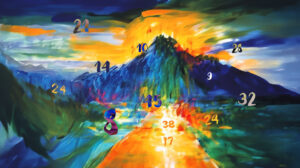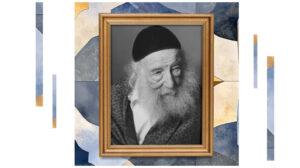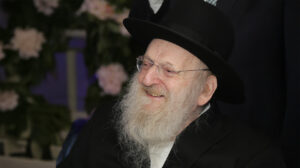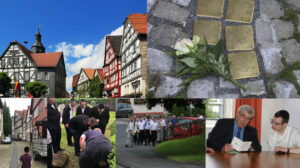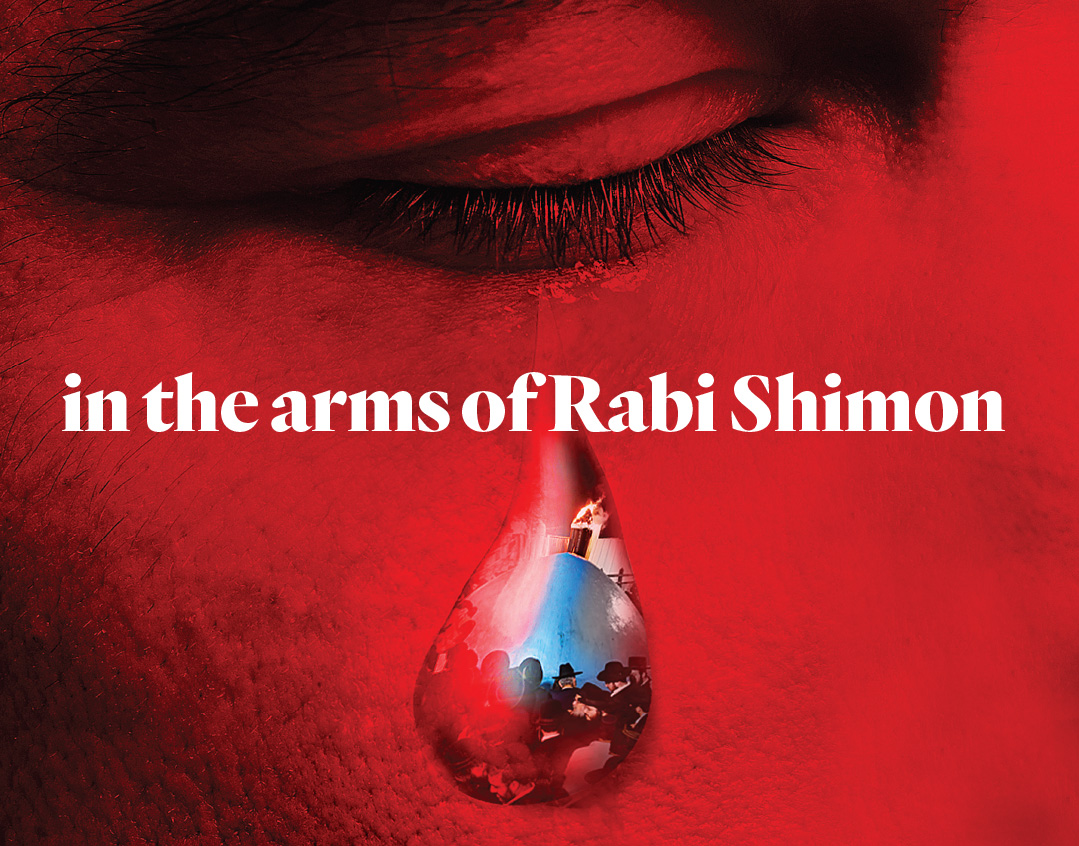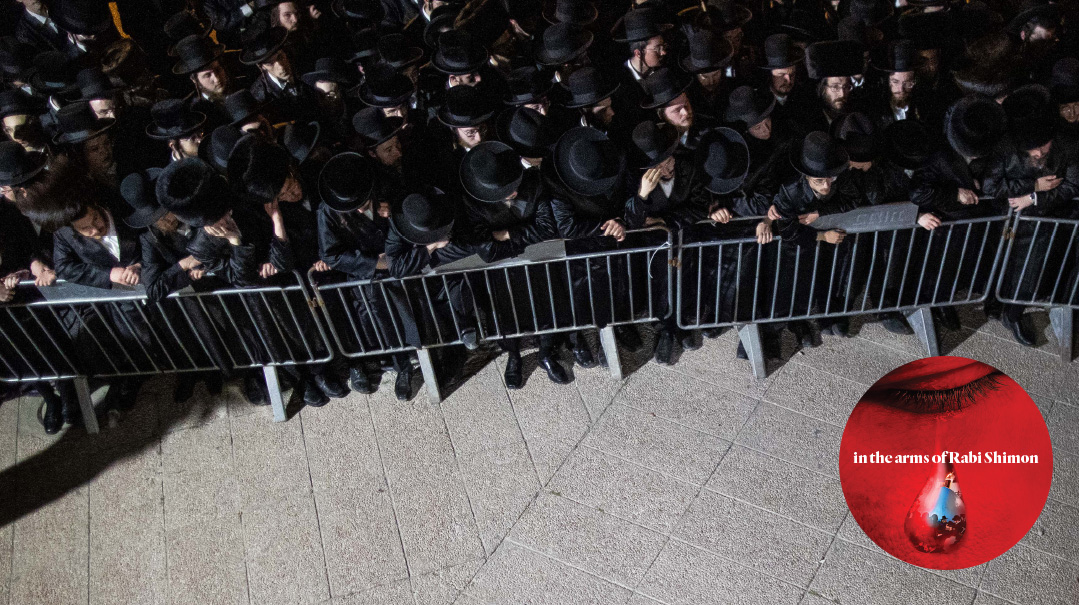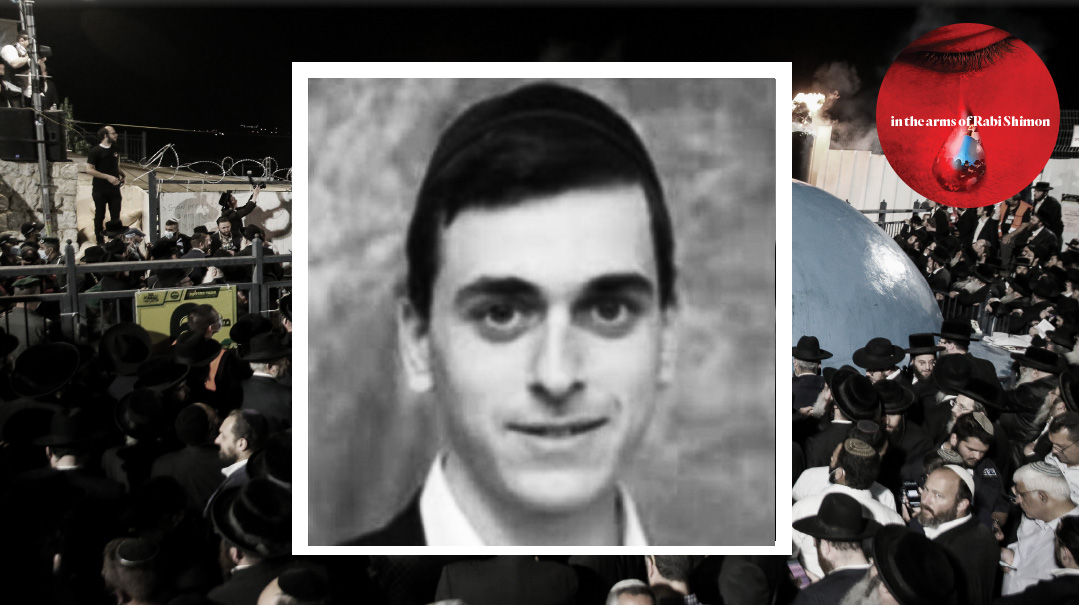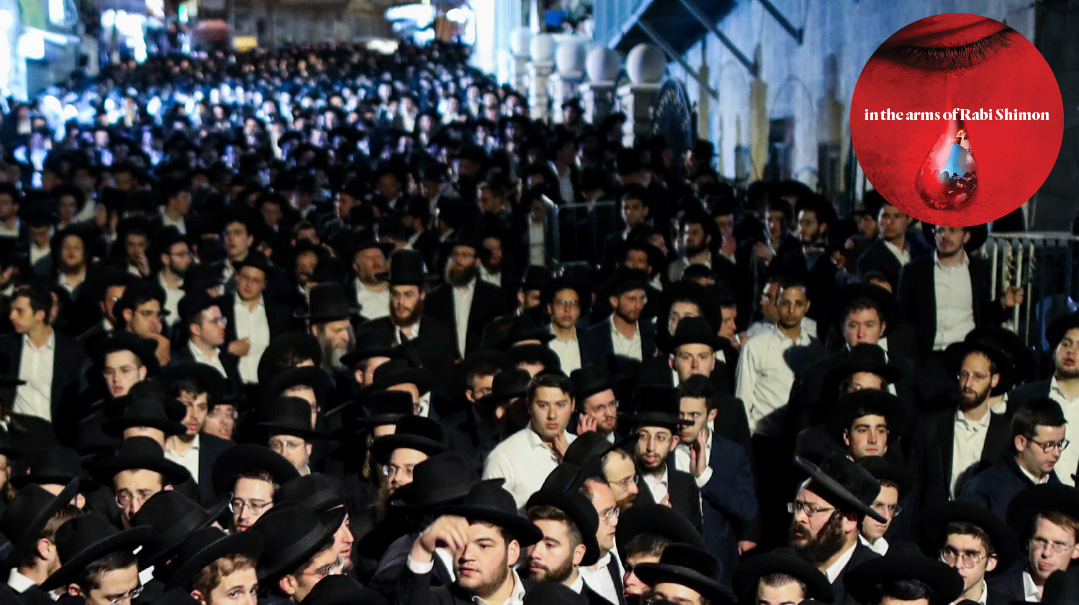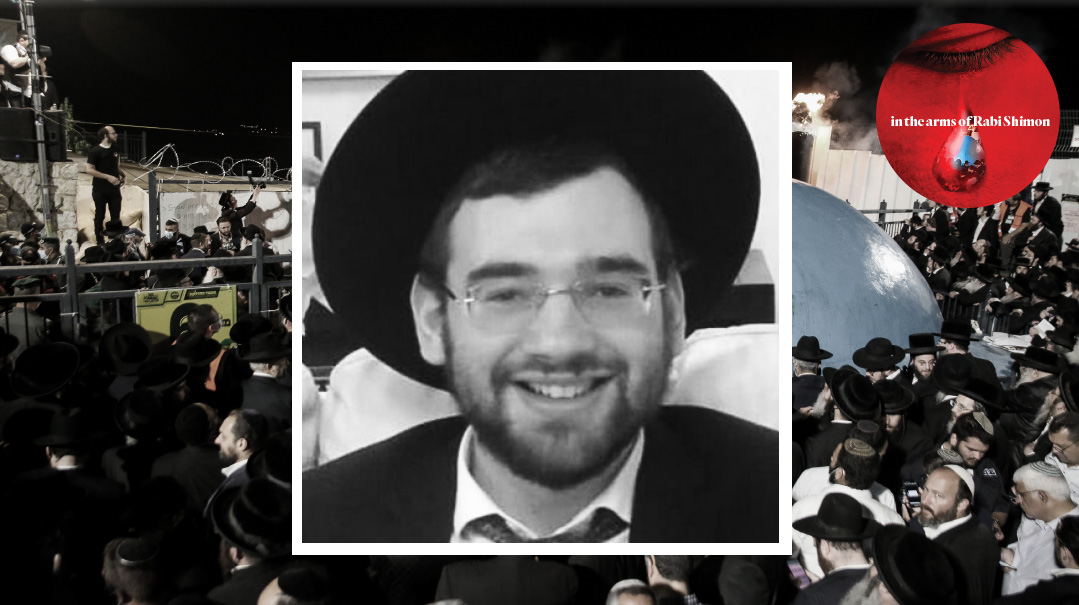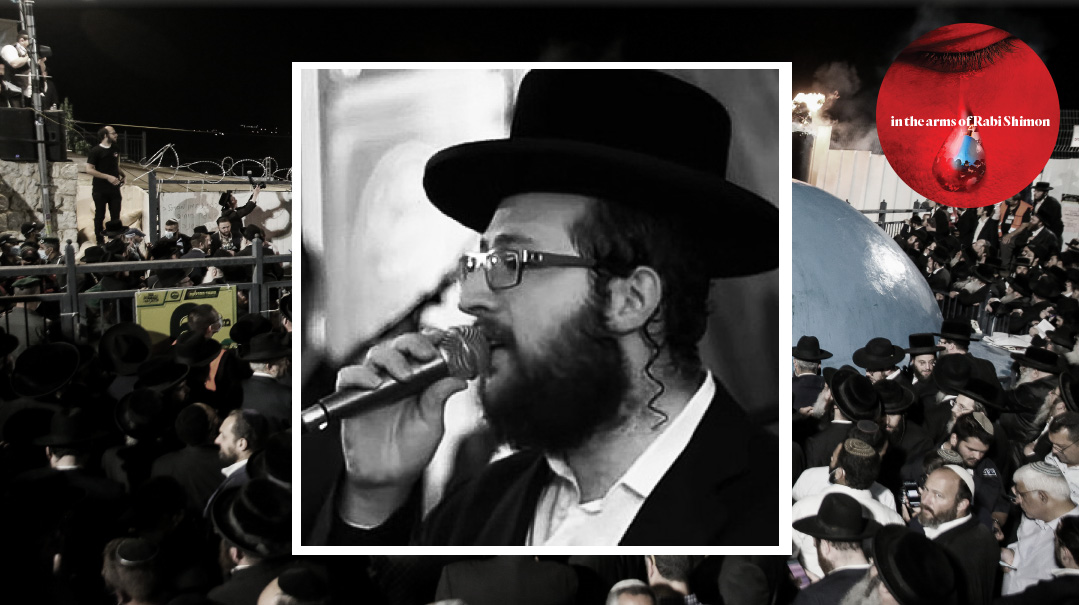A Place of Tears
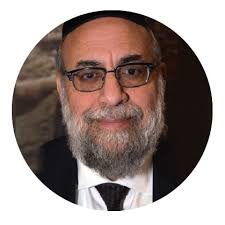
Forty years ago I learned the secret of the tears at Kever Rashbi. Now, as we cry together, I feel compelled to share it
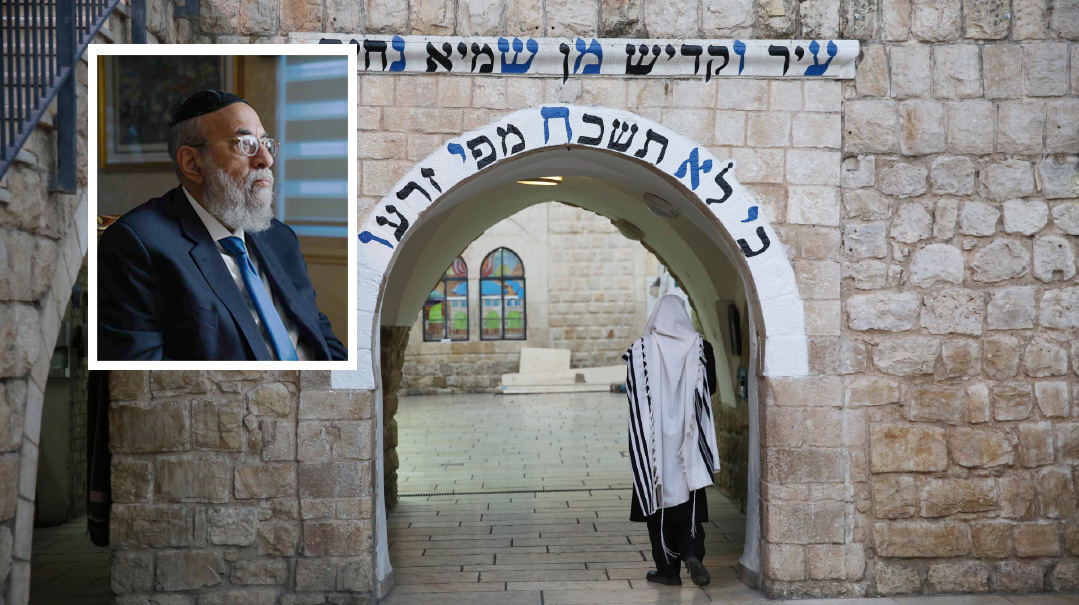
Kever Rashbi is and has always been a place of tears. Tears of anticipation of parents bringing their three-year-old sons for an upsheren, tears of joy celebrating the light of Torah brought down to this temporal world by the storied Tanna. Now, it’s the site of oceans of tears, of loss, of pain, of absolute shock — all mingled together in that hallowed place where centuries of tears have been shed.
While all this is well known to all of us, there is something about this “place of tears” that is not as well known, which I feel compelled to share. First, a little background is in order.
More than 40 years ago I had the opportunity to lead a group of teenagers on an NCSY summer tour of Eretz Yisrael. One of our stops was Kever Rashbi in Meron. When we arrived there, I looked around at the “regulars” who were sitting right by the kever, and I had an idea: Why not approach one of the people who spend days, months, and years by the kever and ask him to share his personal story?
I approached one elderly man davening by the kever with great intensity. While he was quite disturbed at the interruption of his daily quota of Zohar — an inheritance from his father and grandfather — he agreed to speak to our group.
On that summer afternoon, he shared the most fascinating story about the power and holiness of the site.
About 70 years earlier, two young avreichim, each married for several years without being blessed with children — despite praying at many gravesites of tzaddikim — visited a famed Sephardic mekubal who was known for his ability to give effective brachos. To their dismay, he said he could not help them. They begged and pleaded, to the same refrain — until finally he said, “There is one possible idea I have that may help you, but you cannot reveal it to anyone.”
He then told them about an elderly Yid in tattered clothes who is found every night at Kever Rashbi in Meron. “Go to him,” he said. “He is one of the lamed-vav tzaddikim of our generation, and he will know how to help you. He will at first act like he doesn’t even hear you, but tell him that I sent you to him.”
These two avreichim left on the next bus to Meron and waited until it was dark. Soon they located the mysterious man, and explained why they had come. He instructed them to each finish the entire Sefer Tehillim, to immerse in a mikveh, and then to come back to him. He then instructed them to both stand in a particular spot next to the kever and wait until he signaled them to daven very intensely and ask Rashbi to intercede on their behalf. When tears hit the ground, he promised, their yeshuah would come. Both men cried out in tefillah; one shed actual tears, while the other did not. After a while, he signaled for them to stop and to return home.
Less than a year later, one of the two avreichim had a child, while the other did not. He traveled back to Meron to seek out the hidden tzaddik once again to ask him why he was still waiting, unlike his friend — especially in light of the fact that he had shed actual tears and his friend had not.
The tzaddik’s response unveiled the incredible secret of this special and holy place.
“When I said that your yeshuah would come when a tear falls to the ground,” he said, “I didn’t mean your tear. I meant the holy tear of the Rashbi himself. When someone davens from the depths of his heart a true and complete tefillah, the holy Rashbi is moved to tears. And when his tears hit the ground, I can hear it — and I know then that the yeshuah for that person will surely come. When you davened, something was missing, and I did not hear a tear drop. So I knew that your yeshuah would not yet come.”
I heard this story more than 40 years ago, but I remember every detail still. This is the secret of Meron’s hallowed, sacred place. When the Rashbi sheds his holy tears, yeshuos come.
Oops! We could not locate your form.

